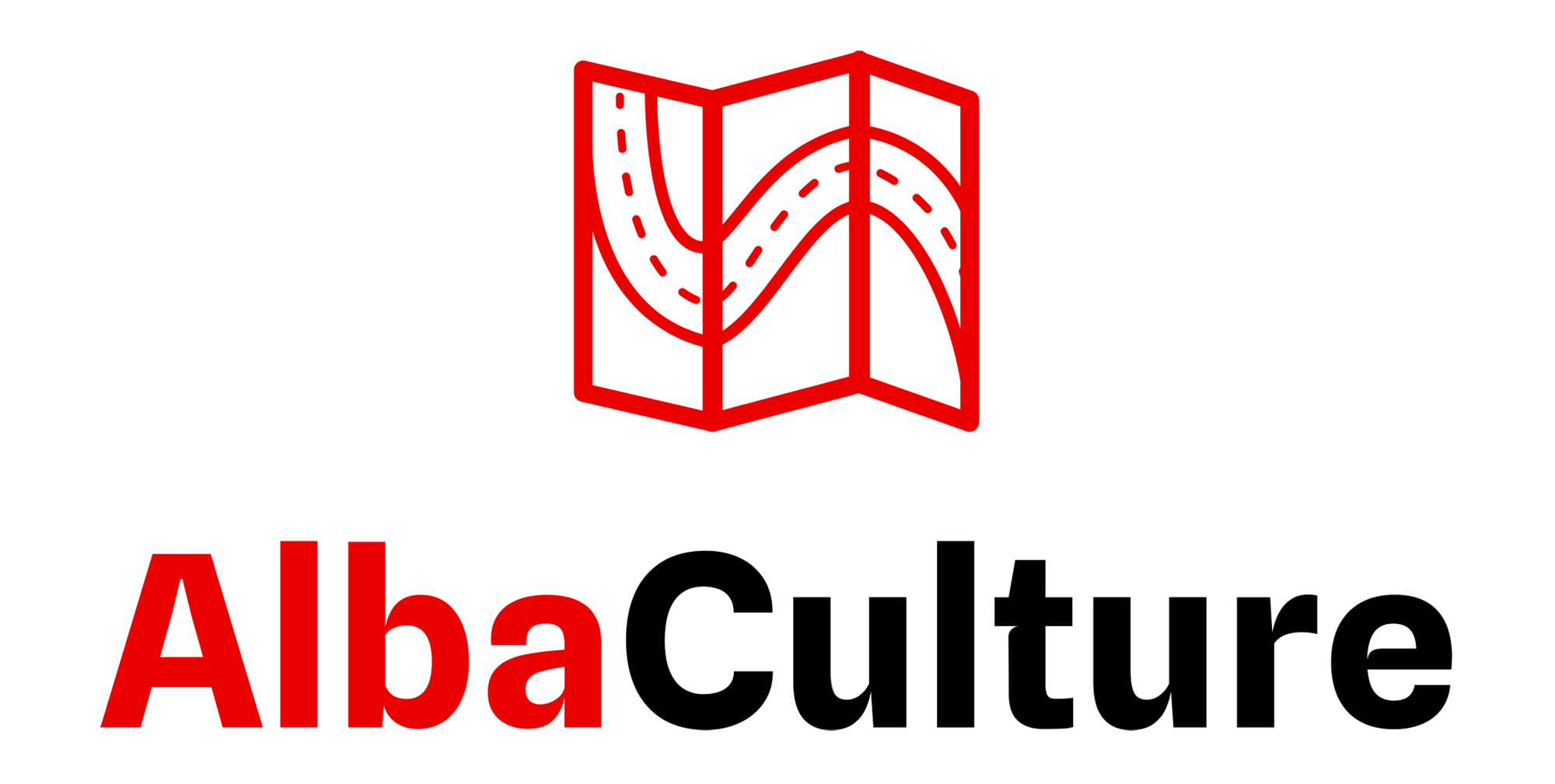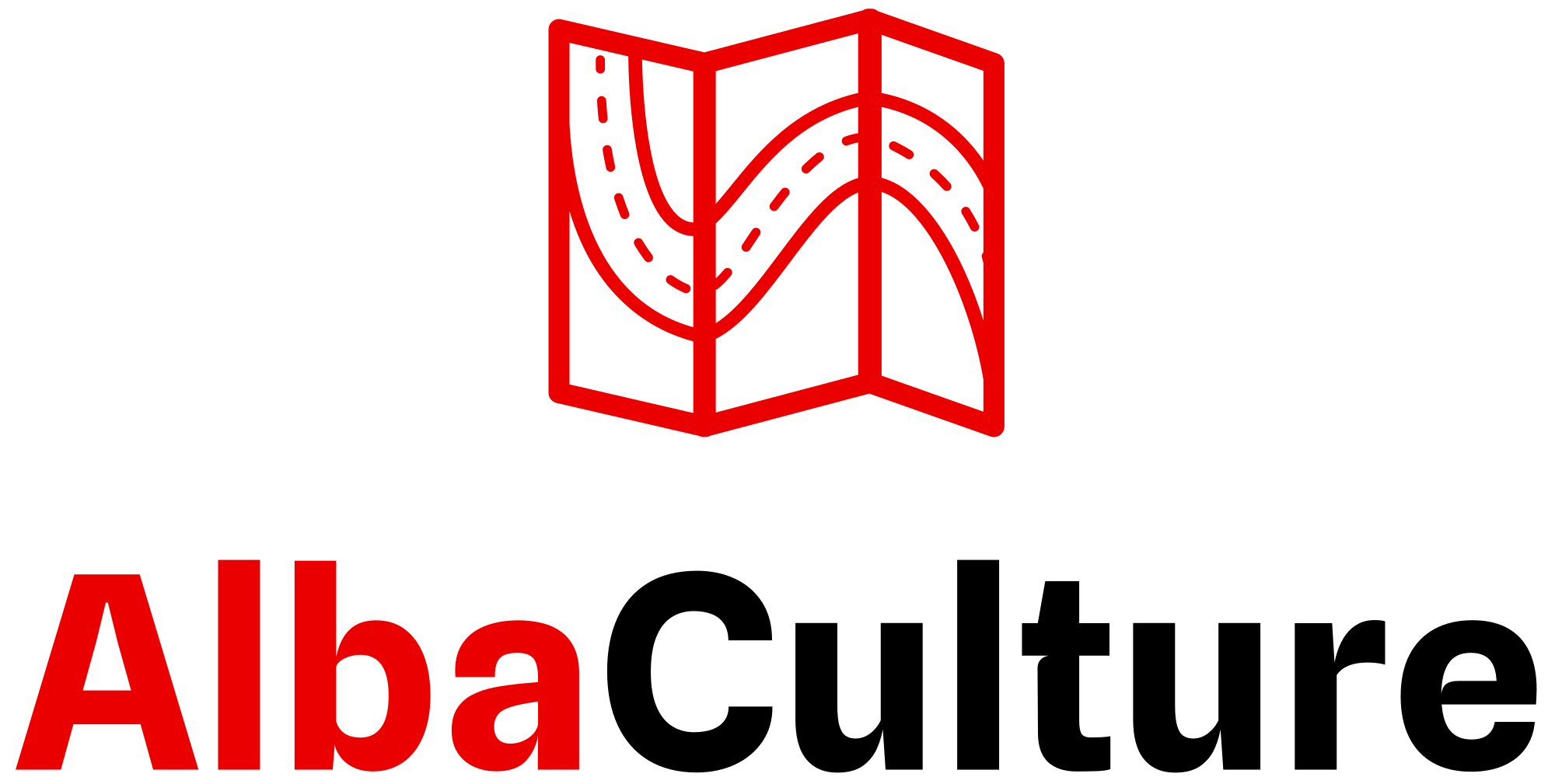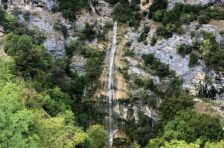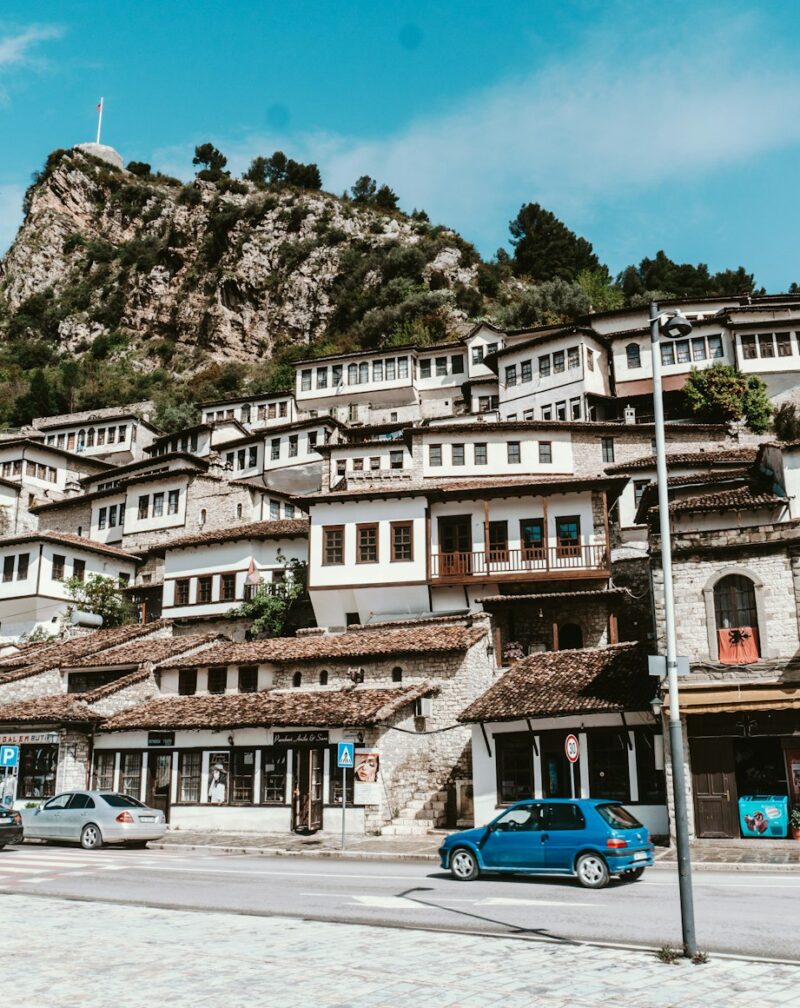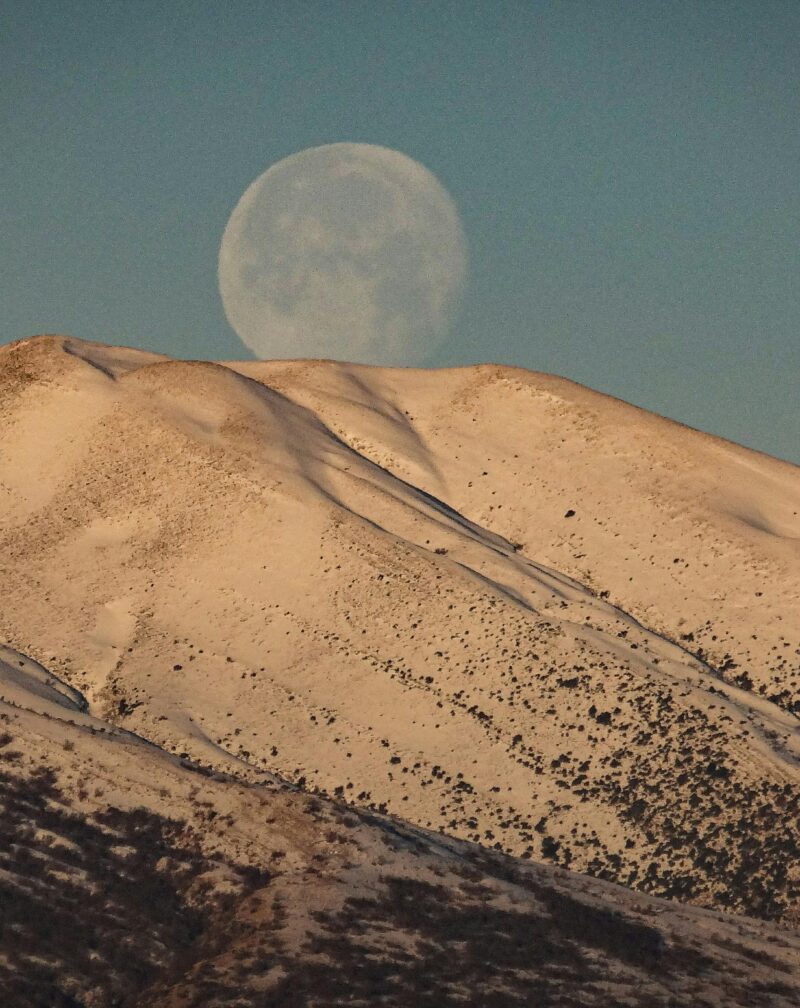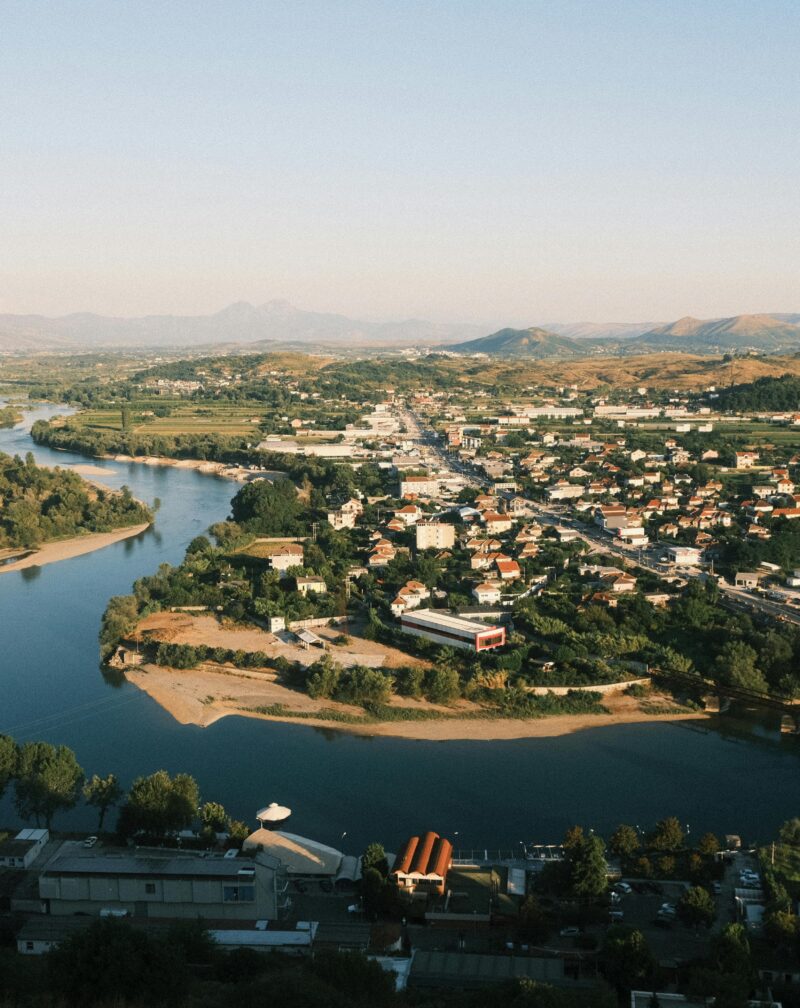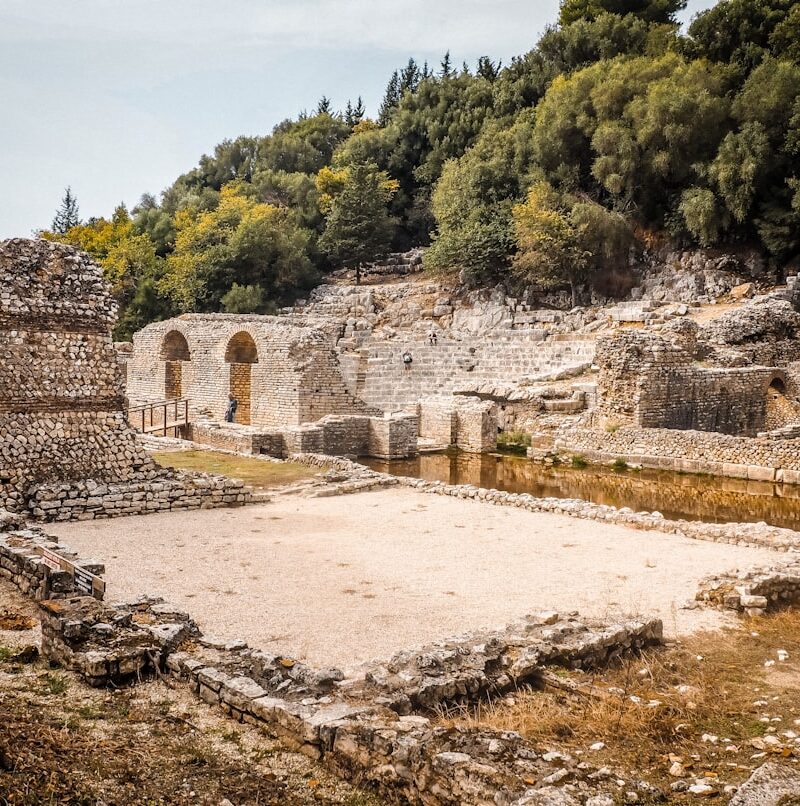Money Matters in Albania
Albania uses the Albanian Lek (ALL), which you’ll see written as “L” or “lek” after prices. You can’t use euros everywhere despite what some guidebooks suggest, though many tourist businesses accept them. Understanding how money works here saves confusion and potentially some cash.
The Albanian Lek
Current exchange rates hover around 100 lek to 1 euro, give or take, and roughly 110-115 lek to 1 US dollar. These rates fluctuate, so check current rates before your trip.
Lek comes in both coins and notes. Coins exist for 1, 5, 10, 20, 50, and 100 lek, though you rarely see the smaller denominations. Notes come in 200, 500, 1,000, 2,000, and 5,000 lek. The 5,000 note can be difficult to break in small shops or taxis, so try to accumulate smaller bills when possible.
Getting Local Currency
ATMs are widespread in cities and towns. You’ll find them easily in Tirana, Durrës, Shkodër, Berat, Saranda, and other tourist areas. Even smaller towns usually have at least one bank with an ATM.
These machines work with international cards (Visa, Mastercard, Maestro). Withdrawal limits are typically 40,000-50,000 lek per transaction, though this varies by bank. Some ATMs charge fees, usually around 200-500 lek per withdrawal. Your home bank might also charge international withdrawal fees, which can add up if you’re not careful.
Albanian ATMs usually offer to complete the transaction in your home currency rather than lek. Always decline this option and choose to be charged in lek. The conversion rate offered through “dynamic currency conversion” is terrible, costing you several percentage points extra.
Airport ATMs work fine and offer the same rates as city ATMs.
Can You Use Euros?
Sort of. Many hotels, tour operators, and tourist-oriented restaurants accept euros, but they often use unfavorable exchange rates. If something costs 1,000 lek (about 10 euros at fair rates), they might charge 12-15 euros if paying in cash.
Everyday places—local restaurants, markets, small shops, buses—expect lek. Showing up with euros at a village bakery or city bus will get you confused looks.
Paying in euros when prices are listed in lek means you’ll likely receive change in lek anyway, at whatever exchange rate the establishment decides. It is better to withdraw lek and avoid the conversion confusion entirely.
Credit and Debit Cards
Larger hotels, established restaurants in cities, and tour companies accept credit cards. Visa and Mastercard work more reliably than American Express or Discover.
Card acceptance has dropped dramatically outside tourist areas and main cities. That family-run restaurant in a small town? Cash only. Local markets? Cash. Taxis? Almost always cash. Small guesthouses? Maybe cards, maybe not.
Card machines in Albania sometimes struggle with chip-and-PIN transactions, particularly older machines. Contactless payment is becoming more common in cities but isn’t universal. Carry cash as backup, always.
Some establishments add a 2-3% surcharge for card payments. They should tell you this beforehand, but occasionally it appears as a surprise on your bill. It’s technically not allowed by card networks, but enforcement is inconsistent.
How Much Cash to Carry
This depends on your travel style and where you’re going. For city-based trips staying in hotels and eating at established restaurants, you can rely more on cards. For rural areas, village experiences, or markets, cash is essential.
A reasonable approach: withdraw enough cash for 2-3 days of expenses, plus a buffer for emergencies. If you run low, ATMs are usually within reach. Carrying massive amounts of cash isn’t necessary and creates risk.
Daily expenses for a mid-range traveler might be 5,000-8,000 lek (€50-80) covering meals, local transport, coffee, and incidentals. Budget travelers can manage on less, luxury travelers obviously more.
Tipping Culture
Tipping exists in Albania but follows different norms than, say, the United States. In restaurants, rounding up the bill or leaving 10% is appreciated but not obligatory. Service charges are rarely included in the bill.
For taxi drivers, rounding up to the nearest convenient number is common. If the ride costs 380 lek, giving 400 and saying keep it is normal. Tour guides appreciate tips, particularly for full-day or multi-day tours—maybe 1,000-2,000 lek per person per day for good service.
Hotel porters, if you use them, typically receive a few hundred lek. Housekeeping staff appreciate small tips, though many tourists don’t realize this.
Bargaining
Bargaining works in markets, particularly for souvenirs and handicrafts. Polite negotiation is normal and expected at craft markets like Krujë’s bazaar. Start at 60-70% of the asking price and meet somewhere in the middle.
Fixed-price shops and restaurants don’t bargain. Hotels sometimes negotiate rates, especially for longer stays or during low season, but this is negotiation rather than haggling.
Taxi fares should be agreed upon before departing if there’s no meter, which is a form of bargaining. Don’t get in a taxi without establishing the price first.
Mobile Payment Apps
Albania is catching up with mobile payment technology, but it’s not widespread yet. Albanians use banking apps, but tourist-friendly services like Apple Pay or Google Pay have limited acceptance.
Some modern cafes and shops in Tirana accept mobile payments, but you can’t rely on this outside the capital. Cash and cards remain the primary payment methods.
If You Run Out of Money
ATMs are your friend. Even relatively remote towns usually have one. In absolute emergencies, Western Union operates in Albania through various banks and agents, though fees for transfers are substantial.
Albanian banks can sometimes provide cash advances on credit cards, though this process is slow and involves fees. Not ideal but possible if desperate.
Price Ranges to Expect
To give you context for how far money goes:
- Coffee at a café: 80-250 lek (€1.50-2.50)
- Local restaurant meal: 500-1,000 lek (€5-10)
- Tourist restaurant meal: 1,000-2,000 lek (€10-20)
- Taxi across Tirana: 500-800 lek (€5-8)
- Museum entrance: 300-700 lek (€3-7)
- Water bottle: 50-100 lek (€0.50-1)
- Beer at a bar: 200-400 lek (€2-4)
- Hotel room (mid-range): 4,000-8,000 lek (€40-80)
Albania is generally less expensive than Western Europe but not dirt cheap like it might have been a decade ago. Prices in tourist hotspots approach European norms, while rural areas and local spots remain quite affordable.
Final Thoughts
Bring one or two debit/credit cards from different banks in case one gets blocked or lost. Notify your bank you’re traveling to Albania to prevent fraud blocks. Keep some euros as emergency backup since they’re more universally recognized than lek outside Albania.
The currency situation isn’t complicated once you’re on the ground. Withdraw lek from ATMs as needed, pay cash for most things, use cards when accepted, and you’ll be fine.

